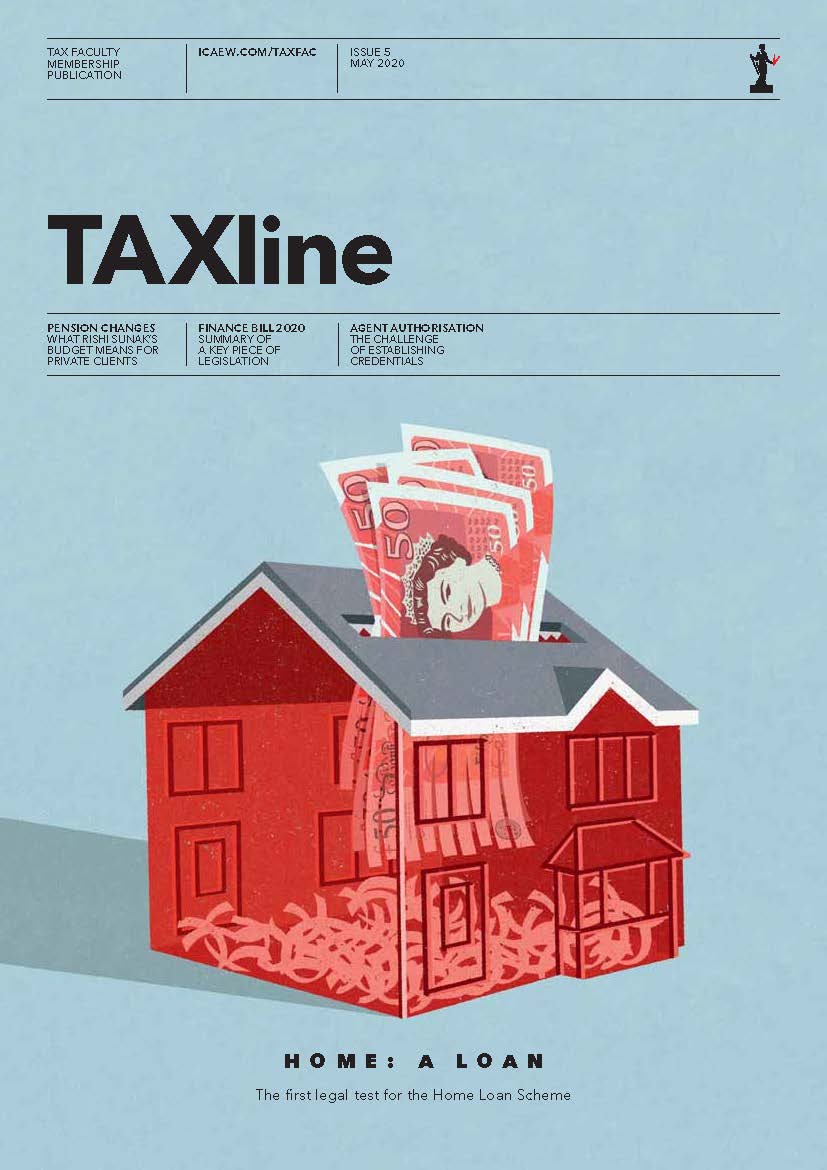On 4 April 2022, the government announced a package of measures designed to make the UK a global cryptoasset technology hub. It wishes to encourage financial services provided through the use of distributed ledger technology, often referred to as decentralised finance (DeFi).
As part of this package, the government promised to explore ways of enhancing the competitiveness of the UK tax system to encourage further development of DeFi in the UK. One of the perceived sticking points is the tax treatment of lending and staking of cryptoassets. Broadly speaking, this involves asset holders depositing into a pool or lending their cryptoassets to other individuals or platforms for which they earn income described as interest.
In the call for evidence issued on 5 July 2022, HMRC lists some examples – set out below – of types of lending and staking activities. Further details are included in HMRC’s Cryptoassets Manual.
- An individual lends tokens directly to a borrower without a DeFi platform being involved. In this situation, the lender transfers control of the tokens to the borrower.
- An individual provides liquidity to a DeFi lending platform. The liquidity provider transfers the control of tokens to a DeFi lending platform for a period of time. The platform pools the tokens with those of other users in a liquidity pool.
- An individual provides liquidity to a DeFi lending platform in return for cryptoassets or non-fungible tokens. The liquidity provider transfers the control of tokens to a DeFi lending platform for a period of time, for inclusion in a liquidity pool. In return, the platform transfers control of different tokens or of non-fungible tokens to the liquidity provider.
The current tax treatment of DeFi lending and staking
HMRC is keen to stress that the tax treatment of a transaction or arrangement is determined by its facts and circumstances, rather than the terminology used. Nonetheless, it sets out three elements of a typical lending or staking transaction that need to be considered for tax.
The lending of tokens or making the tokens available for staking
If there is a change in beneficial ownership of the tokens, there is a disposal for capital gains tax (CGT) purposes. Indicators of a change in beneficial ownership include where the platform that the tokens have been transferred to has no constraints on what it can do with them, including selling the tokens outright to a third party. A gain will arise if the lender receives new tokens at the time of the lending/staking that exceed the pooled average acquisition cost of the tokens lent/staked.
The return from the lending or staking activity
Broadly speaking, any return that is income in nature will be subject to income tax (or corporation tax if received by a company) and any return that is capital in nature will be subject to CGT.
The repayment of the DeFi loan or the withdrawal of stake
If new tokens have been received by the lender at the time of lending/staking, and these are returned when they get their original tokens back, there will be a CGT disposal. Any gain or loss is calculated as the difference between the value of the tokens when they were lent/staked and the value when they are returned.
Proposed changes to the tax treatment
The government has received feedback from stakeholders that these tax outcomes do not always reflect the economic reality of the transactions concerned. In particular, concerns have been raised around the existence of ‘dry tax charges’ arising where no tokens have been redeemed for cash and therefore no funds have been raised to meet the associated tax liabilities.
HMRC has set out three possible alternatives for reforming the taxation of these types of arrangements. It will use the feedback received to decide what action, if any, may be necessary to improve the taxation framework.
Option one: Bring DeFi lending and staking within the repo and stock lending rules (at ss263A and 263B, TCGA 1992 for individuals and Ch 10, Pt 6, CTA 2009 for companies) by defining cryptoassets as ‘securities’. This would effectively treat the transactions as if they were a loan of the assets concerned, such that no CGT disposal arises.
Option two: Introduce a brand new set of discrete rules for DeFi lending and staking activities, modelled on the repo and stock lending rules. This option would be considered if option one was found to have detrimental effects on the development of the DeFi market, would not be sufficient to cover the variety of DeFi models that exist, or would create further issues for participants.
Option three: Introduce a no gain/no loss treatment, by treating the disposal value as matching the acquisition cost. A CGT gain or loss would arise under Option three when cryptoassets are disposed of in a non-lending or staking transaction.
How to respond
If you have a particular insight into the DeFi market or views on the alternative tax treatments proposed, you can respond directly to the consultation by emailing financialproductsbai@hmrc.gov.uk on or before 31 August 2022. ICAEW will be responding to this call for evidence so you can alternatively send your comments to taxfac@icaew.com for consideration in ICAEW’s response.
Tax Faculty
This guidance is created by the Tax Faculty, recognised internationally as a leading authority and source of expertise on taxation. The Faculty is the voice of tax for ICAEW, responsible for all submissions to the tax authorities. Join the Faculty for expert guidance and support enabling you to provide the best advice on tax to your clients or business.
More support on tax
ICAEW's Tax Faculty provides technical guidance and practical support on tax practice and policy. You can sign up to the Tax Faculty's free enewsletter (TAXwire) which provides weekly updates on developments in tax.
Sign up for TAXwireJoin the Tax FacultyThe future of tax after COVID
As digital technologies transform society, the UK government is grappling with balancing the books while ensuring its tax system is fit for purpose. Join us as we take a look at the issues and challenges facing the tax system.
Read more



